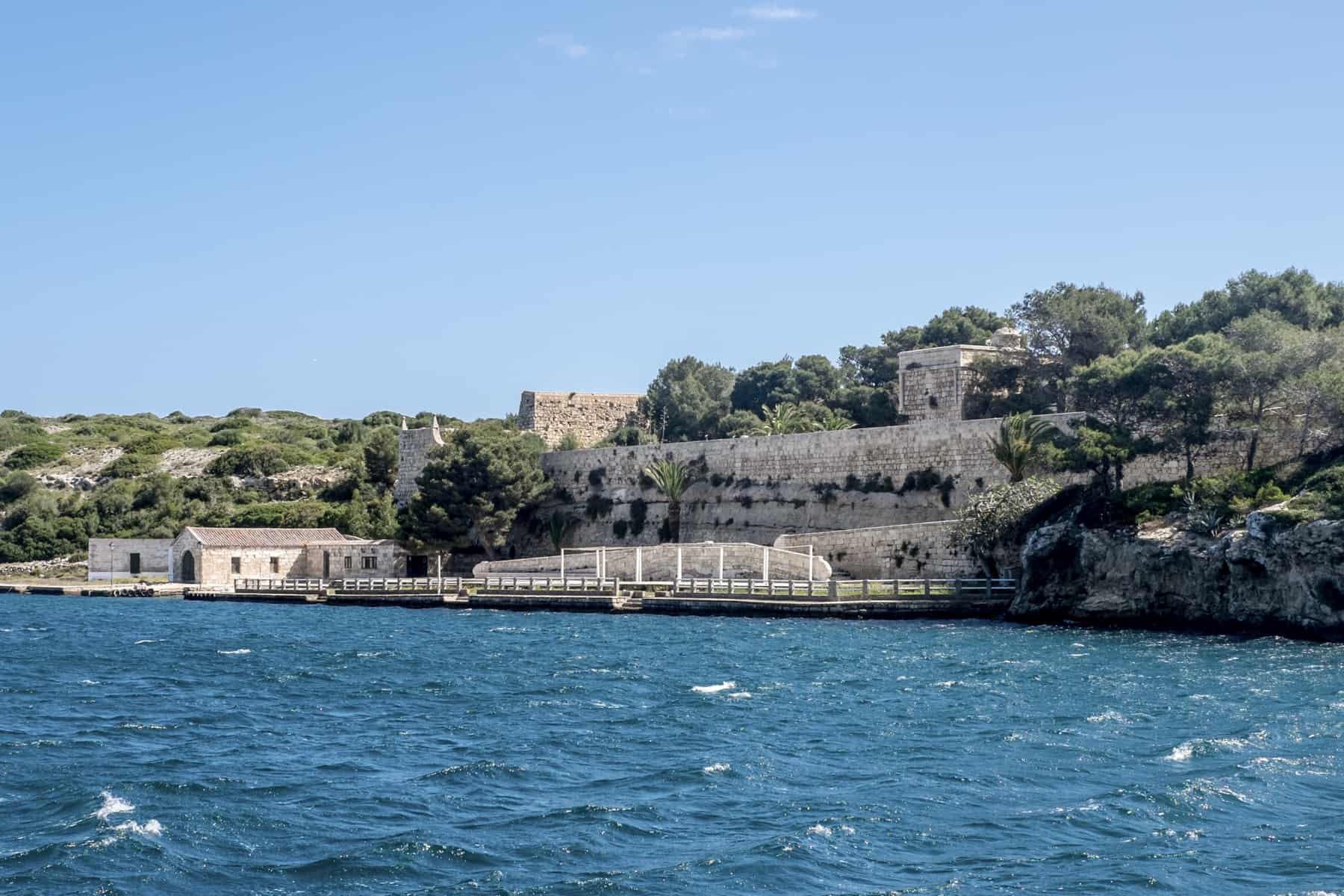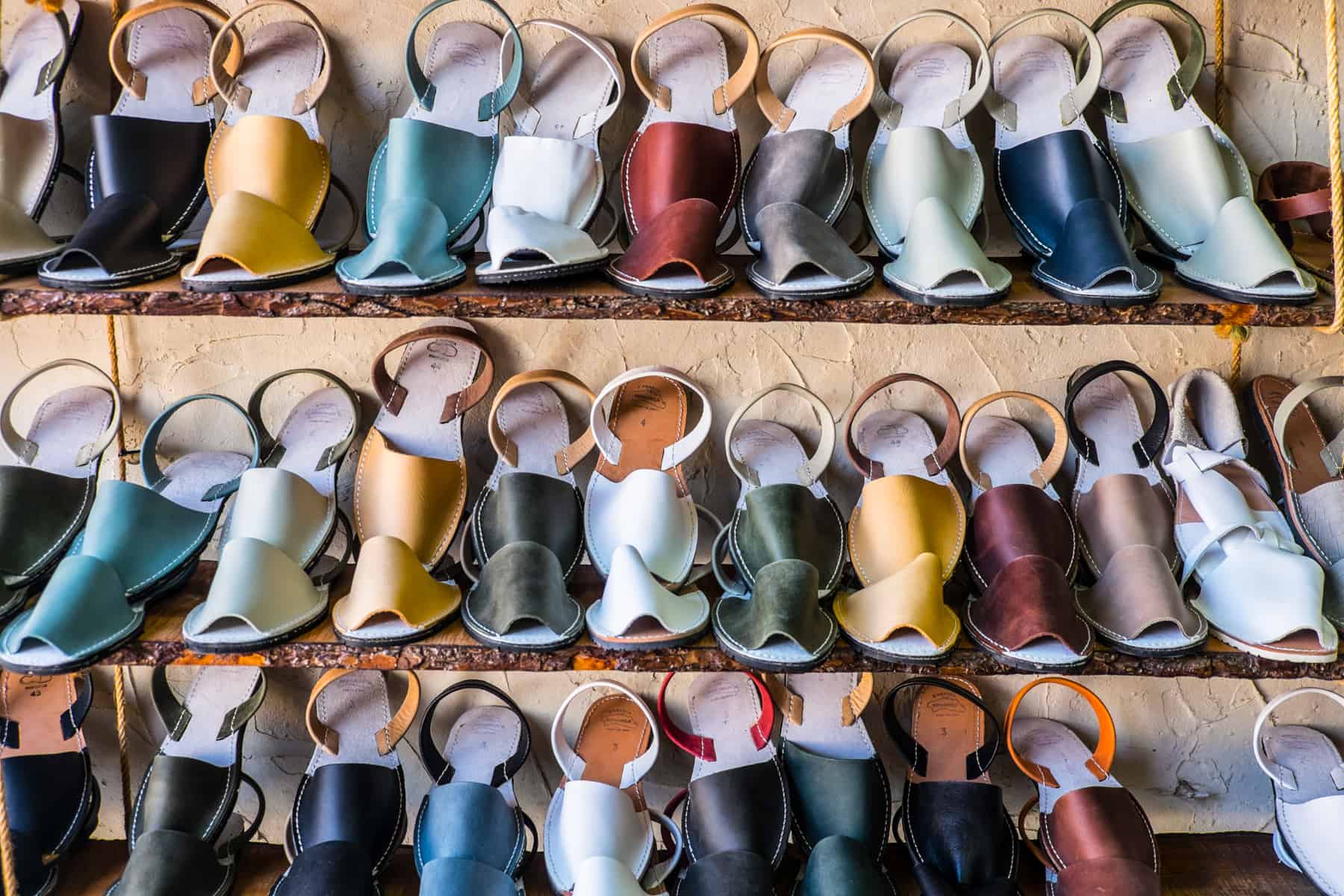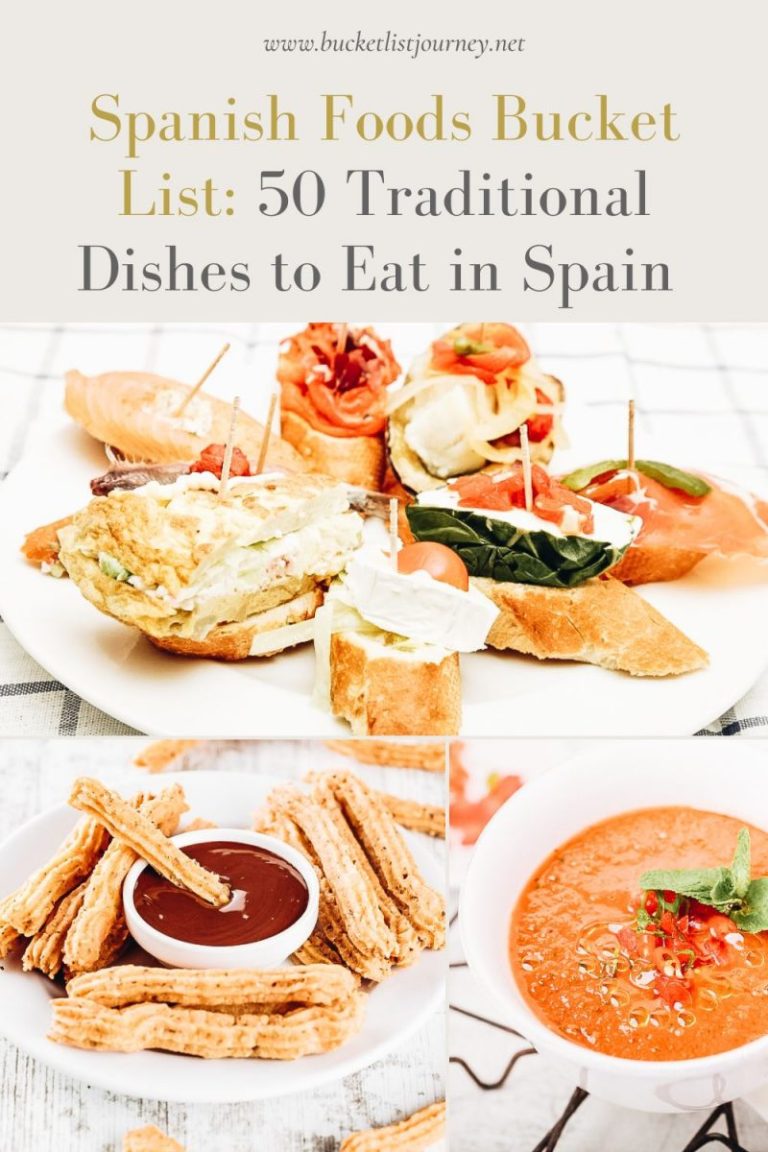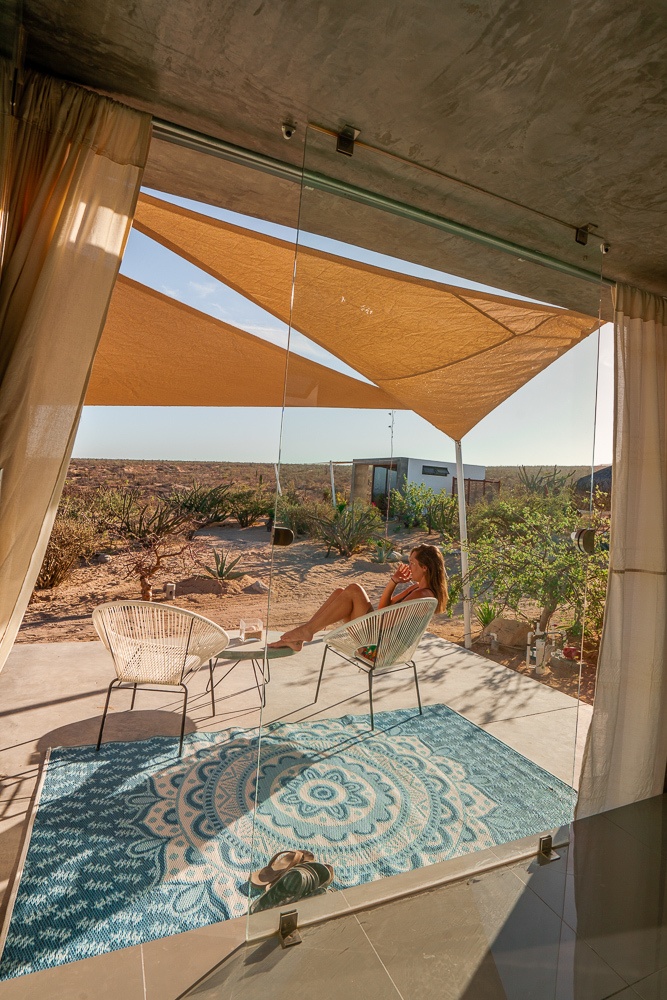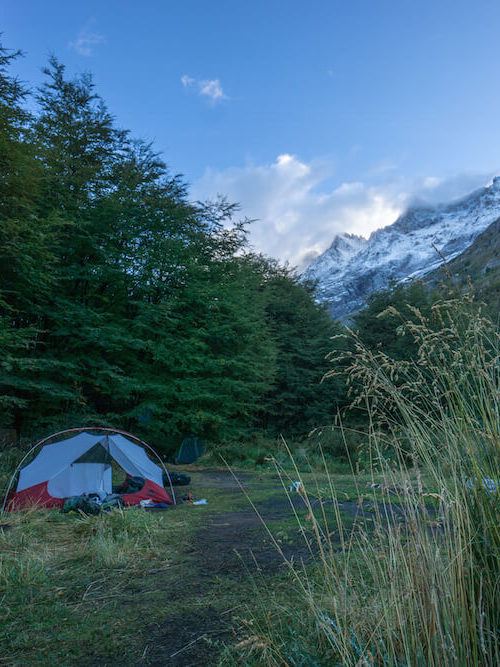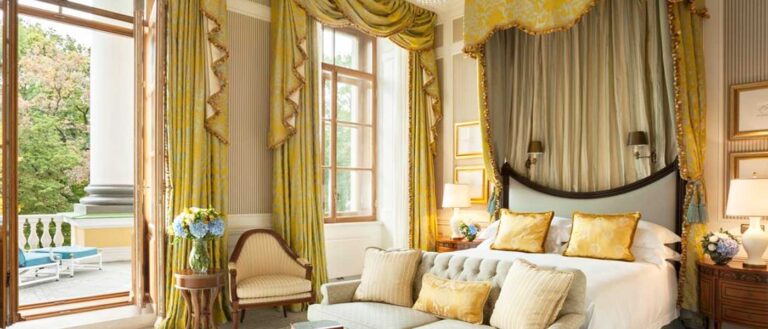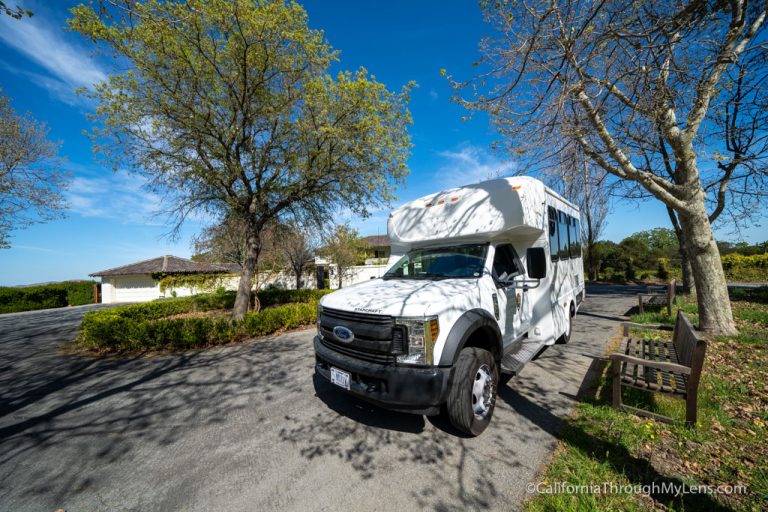The most coveted port in the Mediterranean, Mahon, is a distinctive part of the island filled with forts, towers, the ruins of San Felipe and the fortress walls of Isabel II.

Things to Do in Menorca to See it Differently
Disclaimer: This post contains affiliate links to handpicked partners, including tours, gear and booking sites. If you click through or buy something via one of them, I may receive a small commission. This is at no extra cost to you and allows this site to keep running.
Menorca is a Protected Environment Nature Park
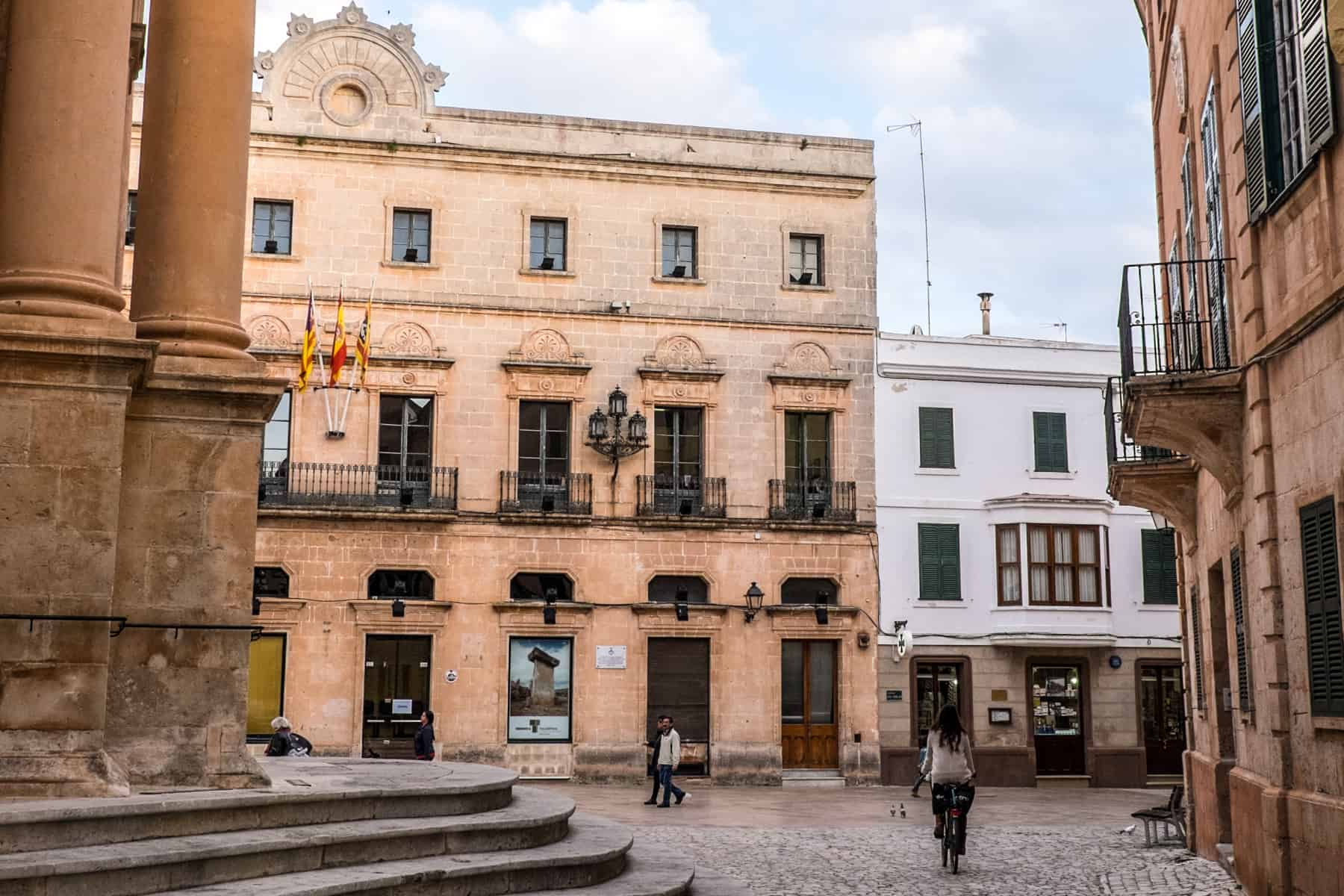
Now considered one of the most beautiful cities in all of Spain, Ciutadella sits up high in majestic poise, ready to tempt you in. Aside from soaking up the walls of history, Ciutadella is the one town that oozes a modern Mediterranean flair. Large open squares of al fresco diners and daily rendezvous, shopping streets filled with boutiques and famous Menorcan sandal sellers, and swish bars serving the local gin and lemon juice mix, Pomada, this is the end of the island all about the good life.
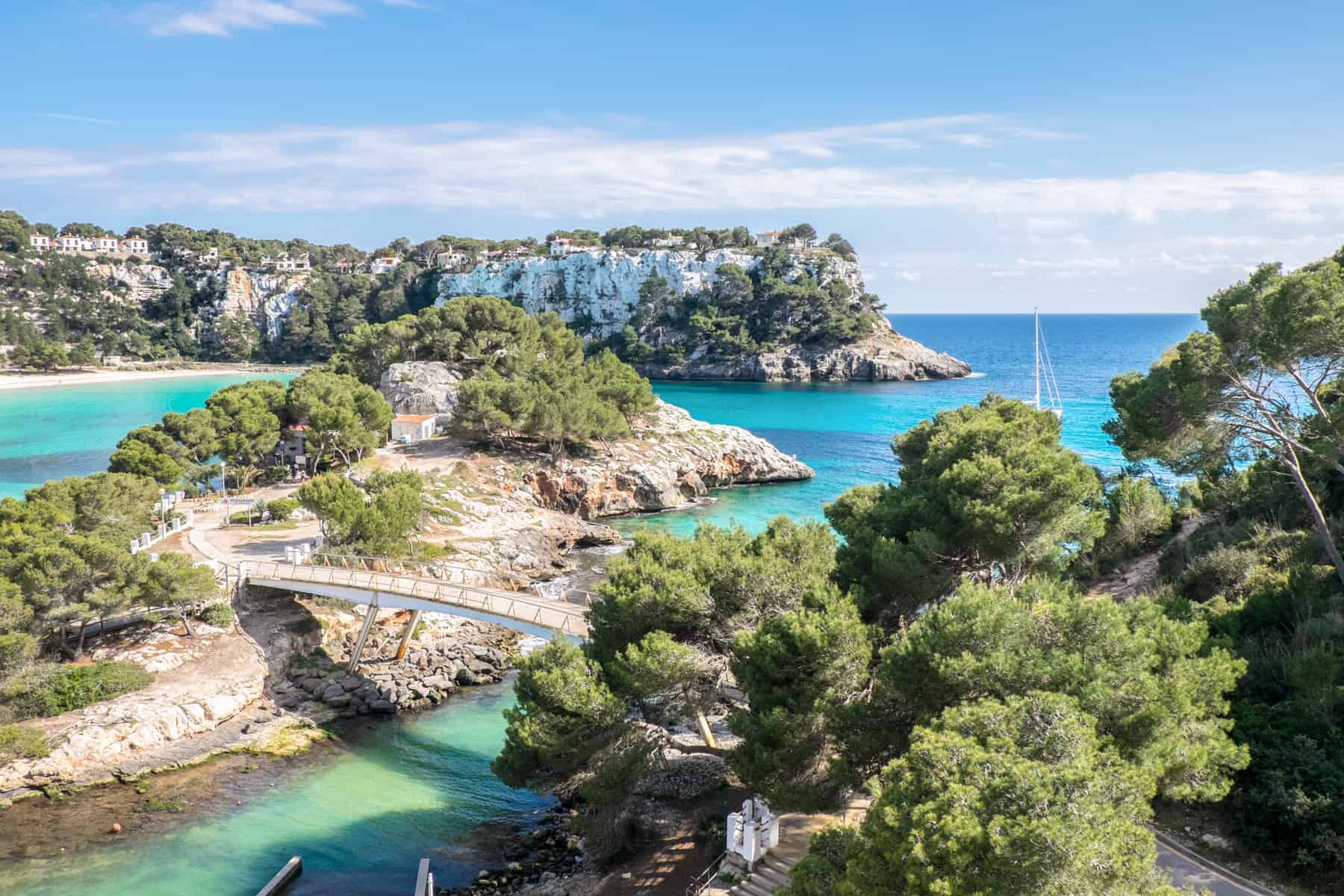
Here, in this UNESCO Biosphere Reserve, sightseeing in Menorca means wandering adventurously but travelling slowly. You can immerse yourself within historical sites without disrupting the island’s longstanding conservation.
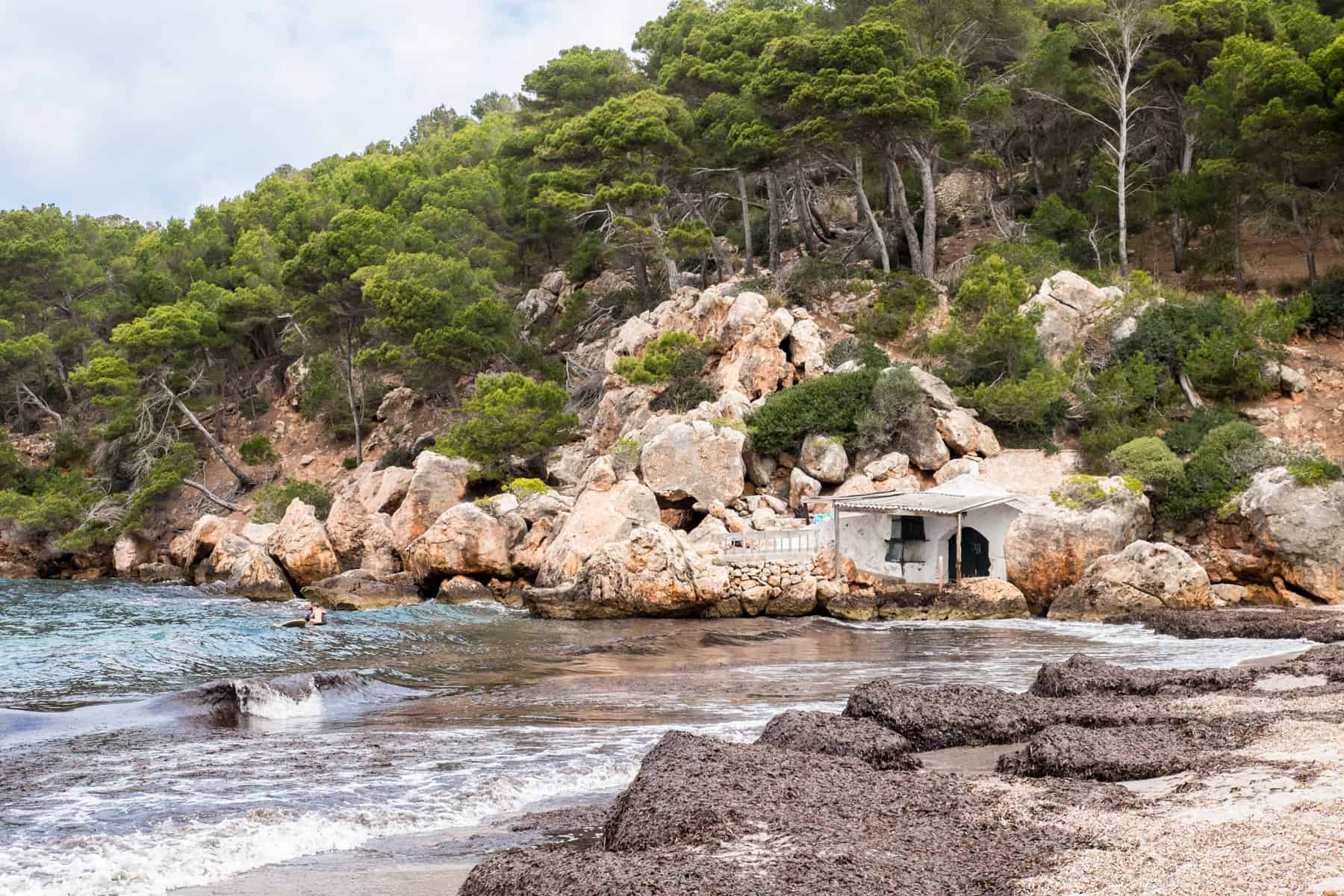
One of the most interesting things I noticed when hiking was the ‘Posidonia Oceania’ plant that blanketed many beaches. These are known as the seagrass meadows (that grow underwater) and are washed up to the sea, and in doing so, prevent the sand from being swept out by the waves. This helps keep the sea waters so pristine and clear, as well as preserving the coastline that is home to animals and plants unique to Menorca.
As soon as I chose a street to start my exploration, I was compelled to keep walking – down mysterious Medieval and Arabic style narrow streets, through grand archways, past the sandy and rusty orange-hued buildings that beautifully blend in unison and to the edges of the Old Port of Ciutadella – one the smallest in the Mediterranean.
Menorca is an island that for centuries has been violently fought over, occupied and protected. While the accessible Camí De Cavalls path was once a defence ring lining the coastline of the entire island, Menorca’s main harbours also played a role in its defence. They remain as significant points at each end of the island today. I stood gazing at the seawater in multiple shades of blue that filled the charming harbours – the inviting gateways to the heights of two of the most architecturally and historically rich towns, Mahón and Ciutadella, before venturing up to explore.
Ciutadella remains the island’s religious centre. It was always the capital of Menorca until the British moved it to Mahón. Yet, Ciutadella retains its splendour as an important centre whose present-day layout comes from the days of Turkish occupation. It was later adorned with 17th-century additions, including Italian style buildings, a Catalan Gothic style Cathedral (built upon the foundations of an old Mosque in the 14th century with later additions), and Baroque palaces and mansions, alongside the Església of Socors Abbey in the same ornate style.
Menorca has an Island Hiking Loop
While known for its fresh seafood and cured meats and cheese with a certified designation of origin, Menorca has a rather famous Gin blend.
This boat, complete with historical interjections on the loud-speaker, passes grand houses of luxury residential areas, ‘Es Castell’, British Colonial style architecture, the 18th Century defence towers, fortifications, Naval Base and military hospital built by the British and La Mola – a defence fortress used by the Spanish in the 19th Century. With such clear waters, you can also head down to the bottom of the boat and gaze at the marine life that lives in these clean and protected waters, surrounded by natural coves and bays.
Related
Menorca is a Nautical Playground
Mahon and Ciutadella may be the islands strongholds, but other notable ports can be visited, each with its own distinct offering.
This island of 700 square metres is filled with over 1,500 Megalithic monuments, equating to an ancestral marker every two square kilometres. An open-air museum displaying the stone towers and ruins of Taulas, Navetas and Talayots, you can freely wander the prehistoric history of Menorca, 32 of which have been submitted as part of a UNESCO World Heritage application.
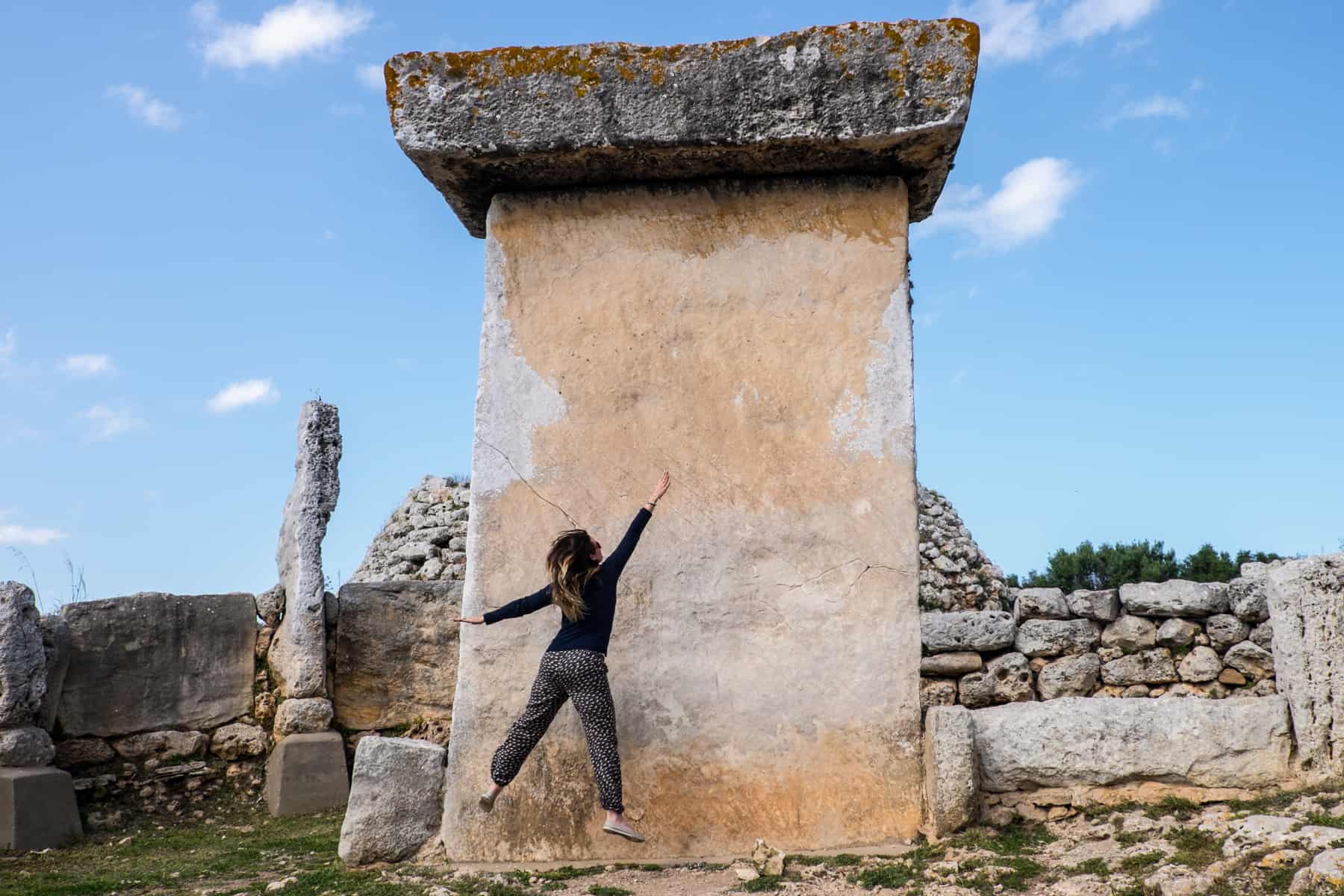
I spent my favourite days in Menorca hiking the Camí de Cavalls – the ‘Way of Horses’ former defence path that loops around the entire circumference of the island.
Menorca has a Legacy of Gin – Mahon Xoriguer Gin
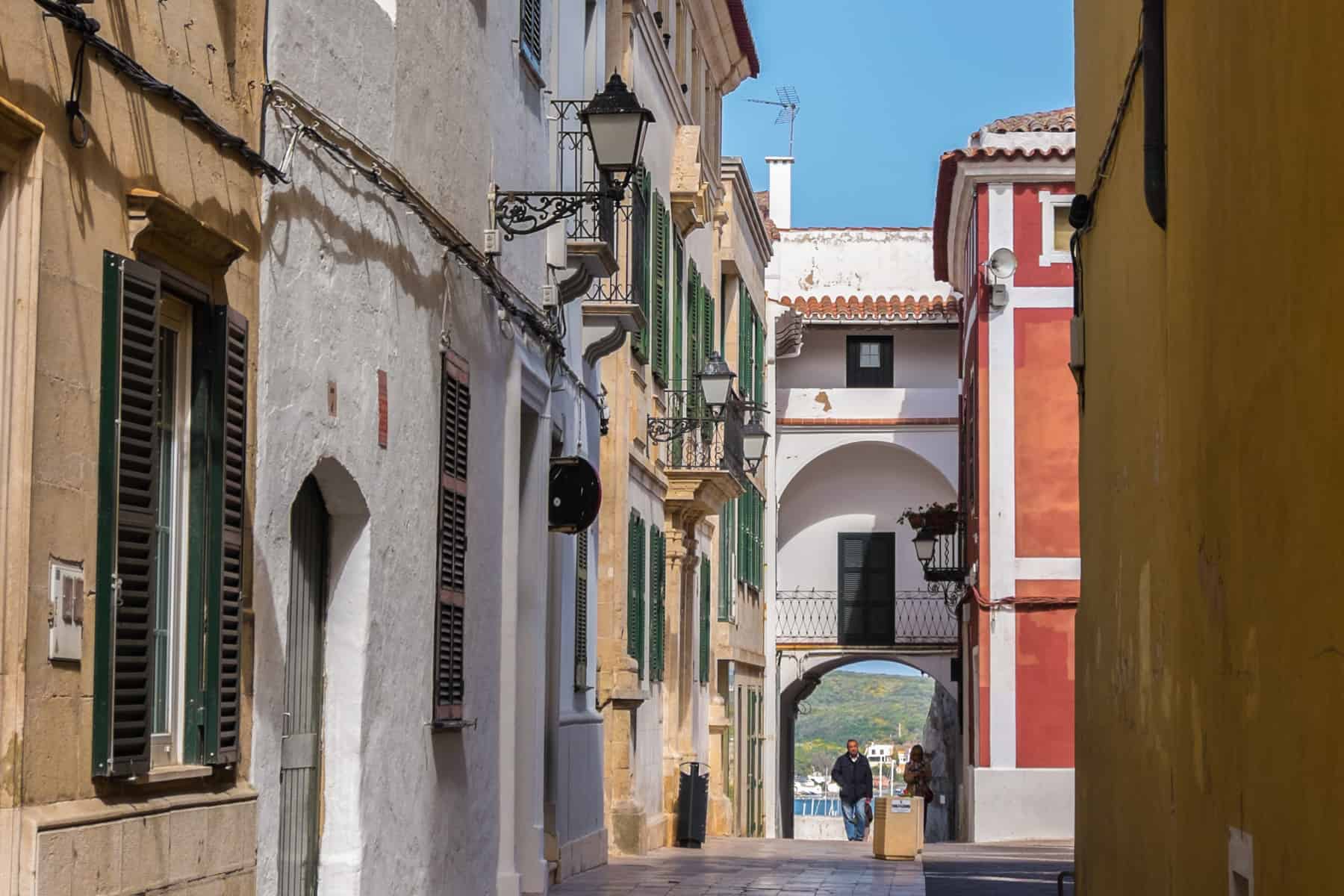
With an attractive and strategic position in the Mediterranean seas, Menorca was a target for various civilisations attacking, occupying and making their mark. In more recent history, as an island surrounded by pirate waters, the most notable fortifications and military architecture, which still stand today, are from the days of the British Crown in the 18th Century.
Cala’n Bosch is the man-made lagoon found in the south – the only port on the southern coastline of Menorca, which is more secluded since large boats are not granted access here.
It would take approximately one week to circumnavigate the entire island on this trail. Once you sample just a small patch of it, it becomes a very attractive option – one that is certainly making me want to return.
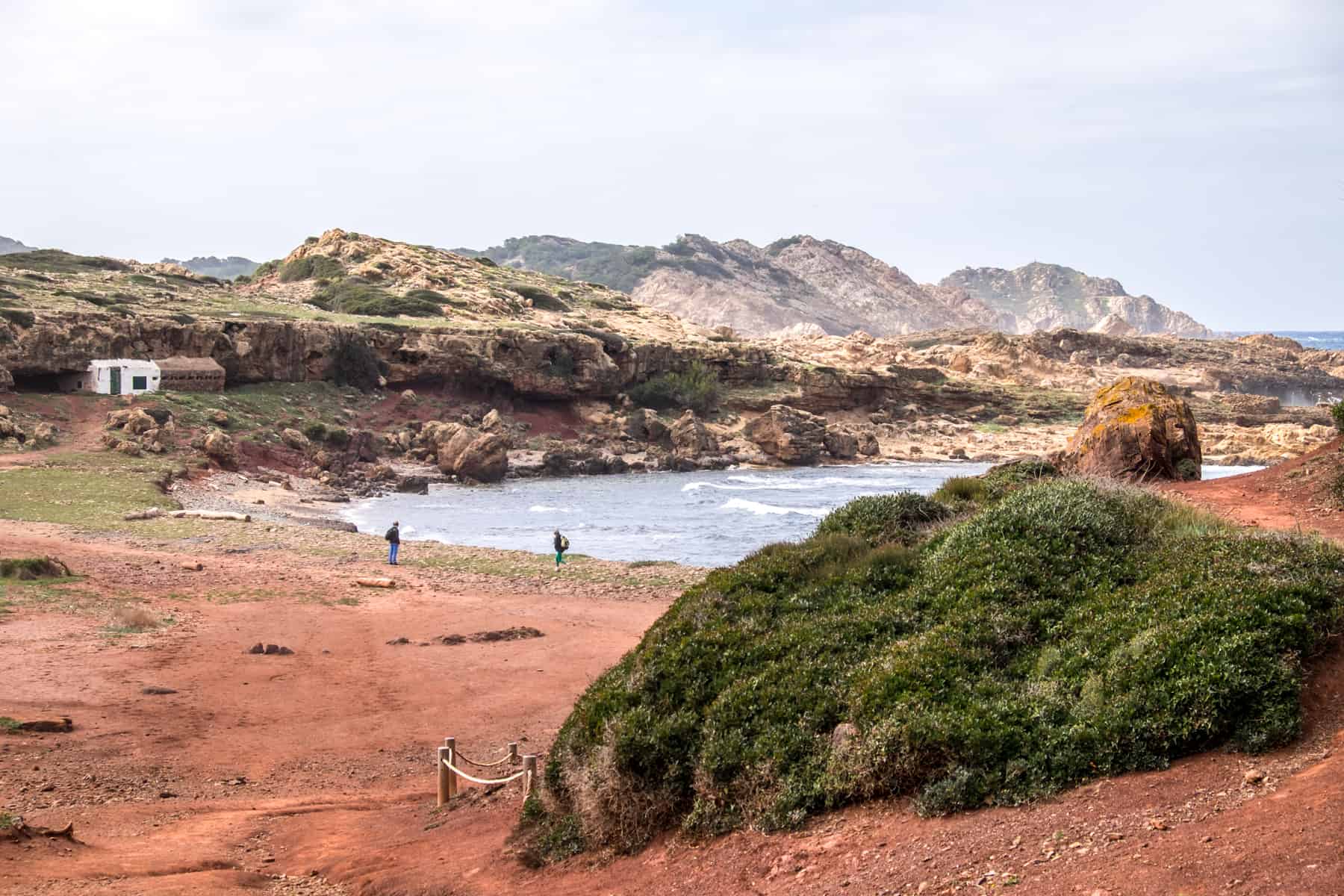
Menorca is an Island of Prehistoric Monuments
I visited the Trepuco monument, admiring the stone towers which are said to have been used for rituals since goats bones, broken wine vessels and white ash from slow fires (used for feasting) have been found here. These Talayotic monuments are said to be some of the largest archaeological remains in the Mediterranean, which you can get right up close to and freely wander amongst.
The best way to experience this wide expanse that stretches over three nautical miles and over 900 metres wide is to either adventurously sail around it or take the Glass bottom Catamaran Don Joan tour that leaves four times daily. In Mahón, you can sail through centuries to the past.

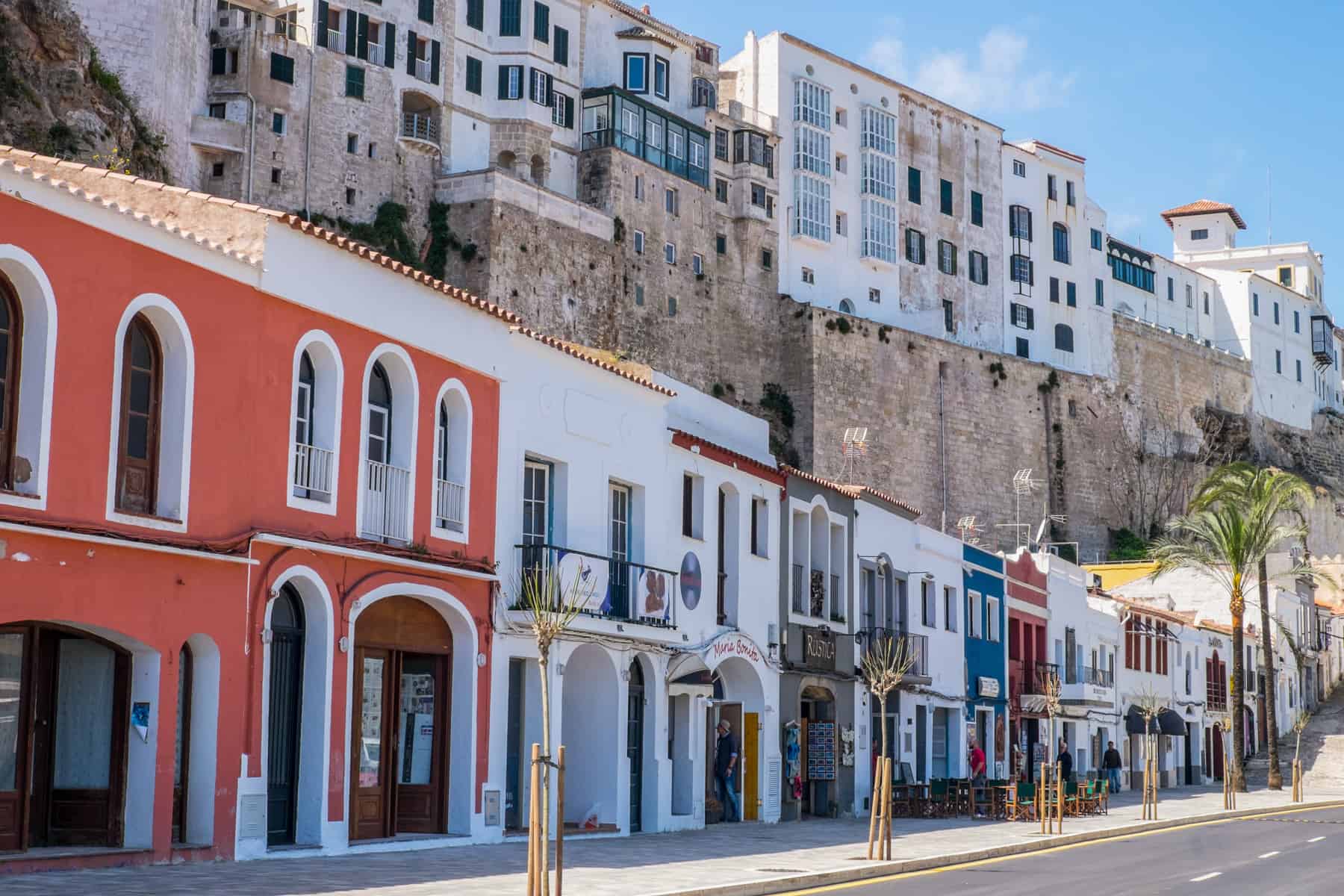
Menorca has a Long History of Defence and Fortification
Made using a typical British distillation process, but with Dutch flavours, Xoriguer gin and the distillery are a legacy of British and Dutch occupation days and remains a local pride and a visitor favourite.
These sites are sometimes referred to as the ‘British Route’ since many visitors come to Mahón to clamber amongst the forts and other architectural remains from this period. The main highlights include the areas of Es Castell with the imposing Fortress Isabel and the parallel structure on the opposite side of the harbour – Fort Marlborough. There are also 14 watchtowers dotted along the coastline. The old and historic town of Mahón may not be as picturesque as the architectural darling that is Ciutadella. Still, it makes for a pleasant stroll before setting off from the harbour to understand its sheer size and dominance as a whole and the history that fills it.
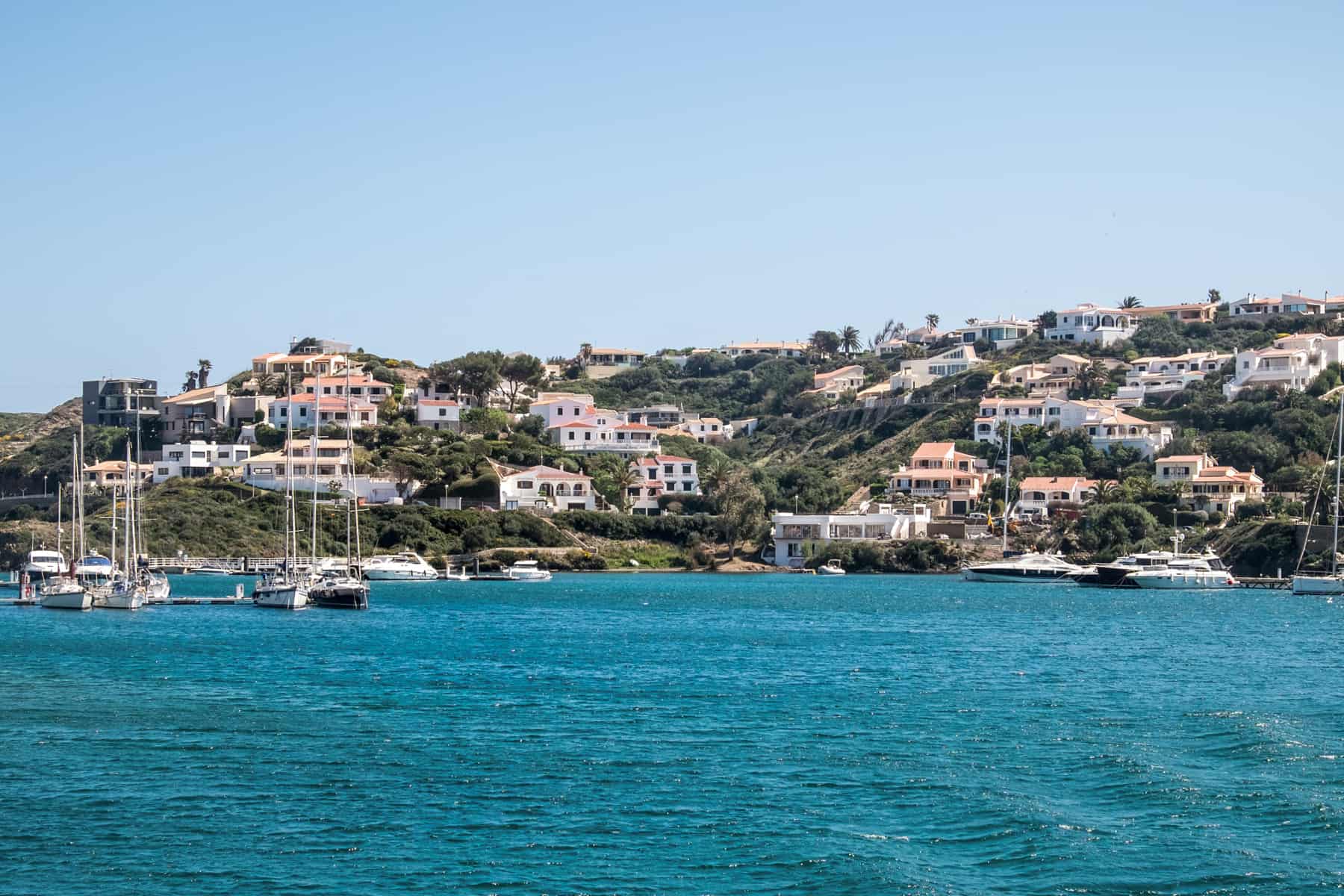
Menorca’s Cities of Mahón and Ciutadella
Menorca is renowned for the transparency of the sea, making the crystal clear waters are a scuba haven, which unspoilt seabeds rich in marine life, and animals unique to the island and its long-standing preservation efforts.
The western Mediterranean cluster of the Balearic Islands may be a well-visited area of Spain. Still, the things to do in Menorca – the northernmost and lesser-known island amongst them – shows a different side to the Balearics beyond a resort holiday. In the shadow of its bustling and popular neighbours Ibiza and Majorca (Mallorca), it has always been sought after, yet protected – from invaders over the centuries to mass tourism today.
Mahón – Menorca’s Main Port (East)
Menorca prefers it this way, knowing it has appeal yet being able to harmonise tourism with preservation. This island prides itself on its tranquillity while proudly displaying its nature and heritage, including scenic, historical cities and calm harbours, nature reserves and protected trails, ancient megalithic sites and pristine coastline.
Over 70 unspoilt beaches, 130 secluded bays and coves, 19 ANEI (Natural Areas of Special Interest), and five nature reserves make up Menorca’s Biosphere Reserve. It’s a small space where you can cross multiple eco-systems – on one island, you can venture to wetlands and sand dunes, ravines to wide-open sea, ascend cliffs or wander caves, gorges and untouched islets.
I stayed in the Casa Sa Posidonia, Posidonia Surf & Stay is a wonderful house close to the port of Ciutadella with various rooms, a rooftop pool and cool hangout areas. The main philosophy of the place is to encourage people to take to the water, so equipment hire (surf and paddleboarding) is available as are lessons.
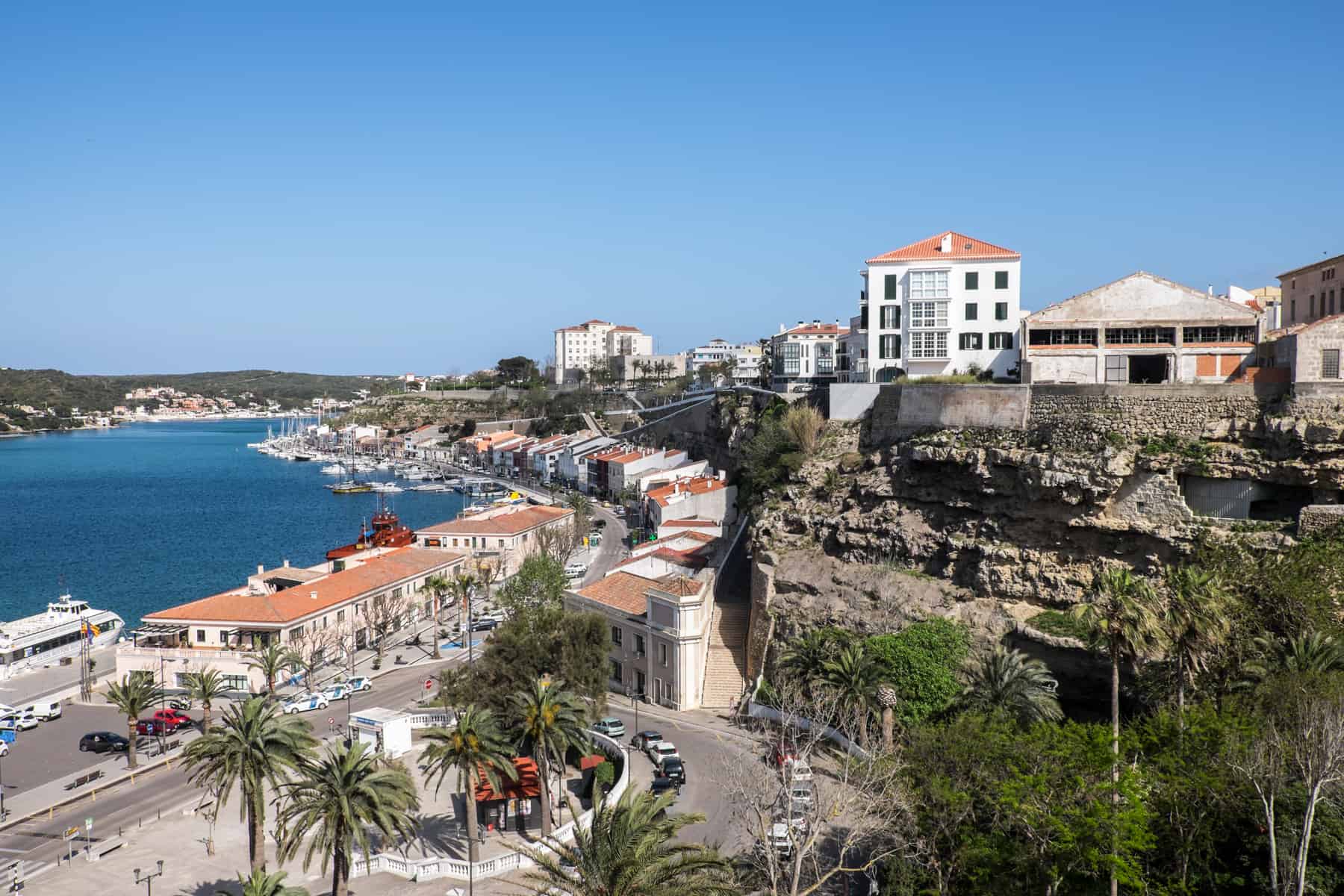

In the north, you will find the traditional fishing village of Fornells, used as the starting point for trips to the Marine Reserves and where many water sports enthusiasts take to the waters. Addaia is next to the Natural Park of Albufera d’es Grau and is one of the lesser-known ports of the island.
It’s hard to believe that an island has been preserved so thoroughly. Aside from rules being in place for ship docking, restrictions of access for cars and the maintained Camí de Cavalls trail, Menorca is protected naturally.
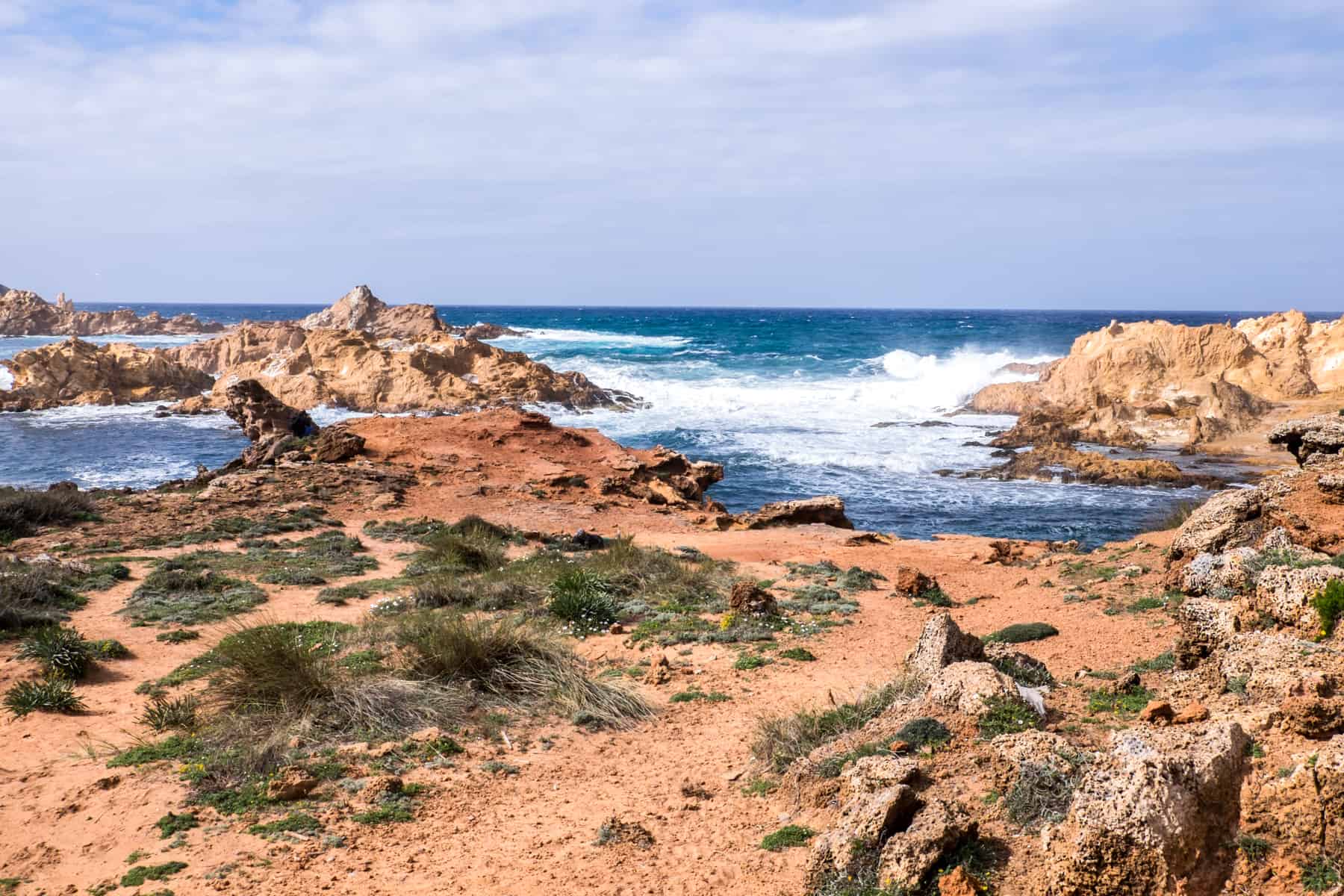
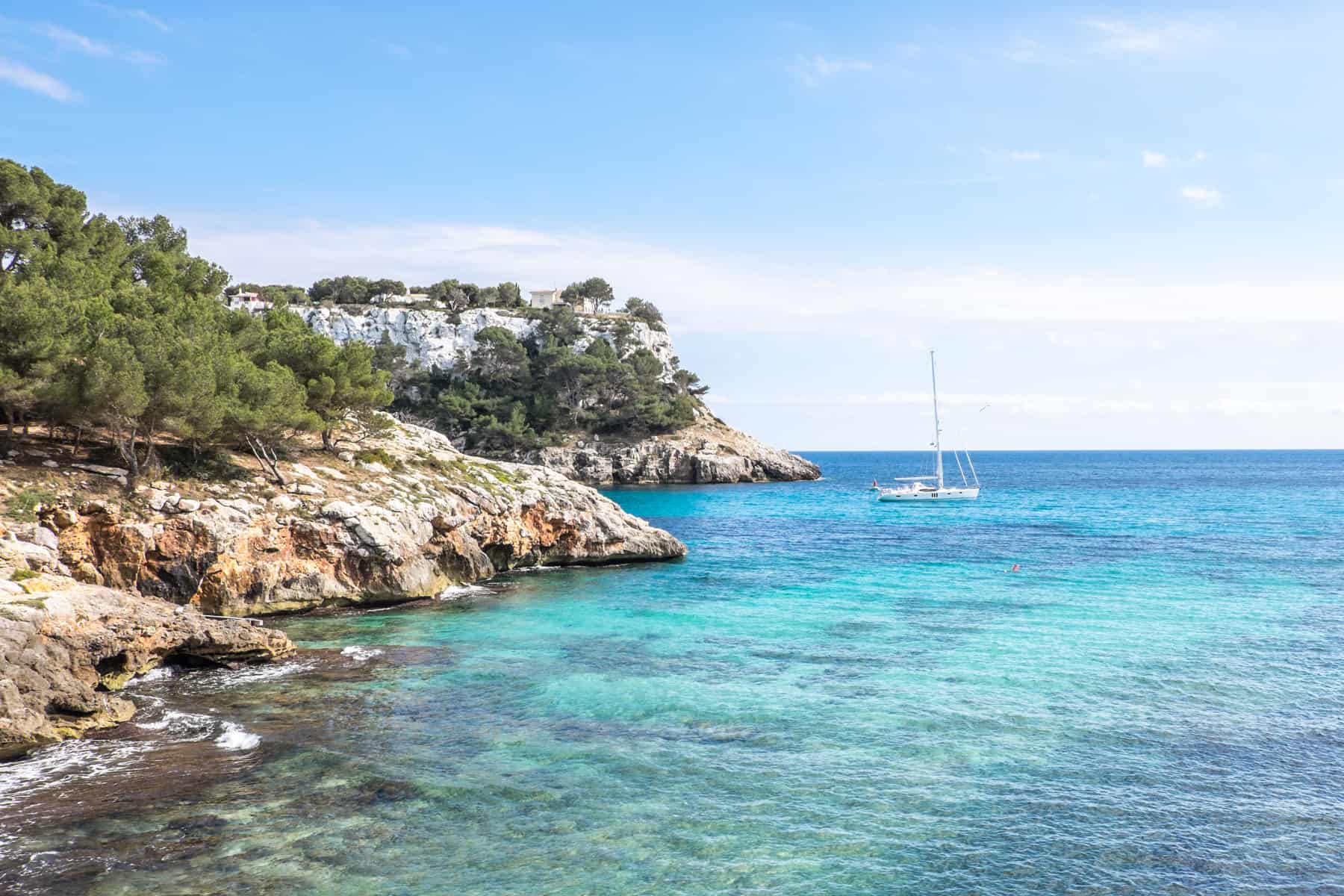
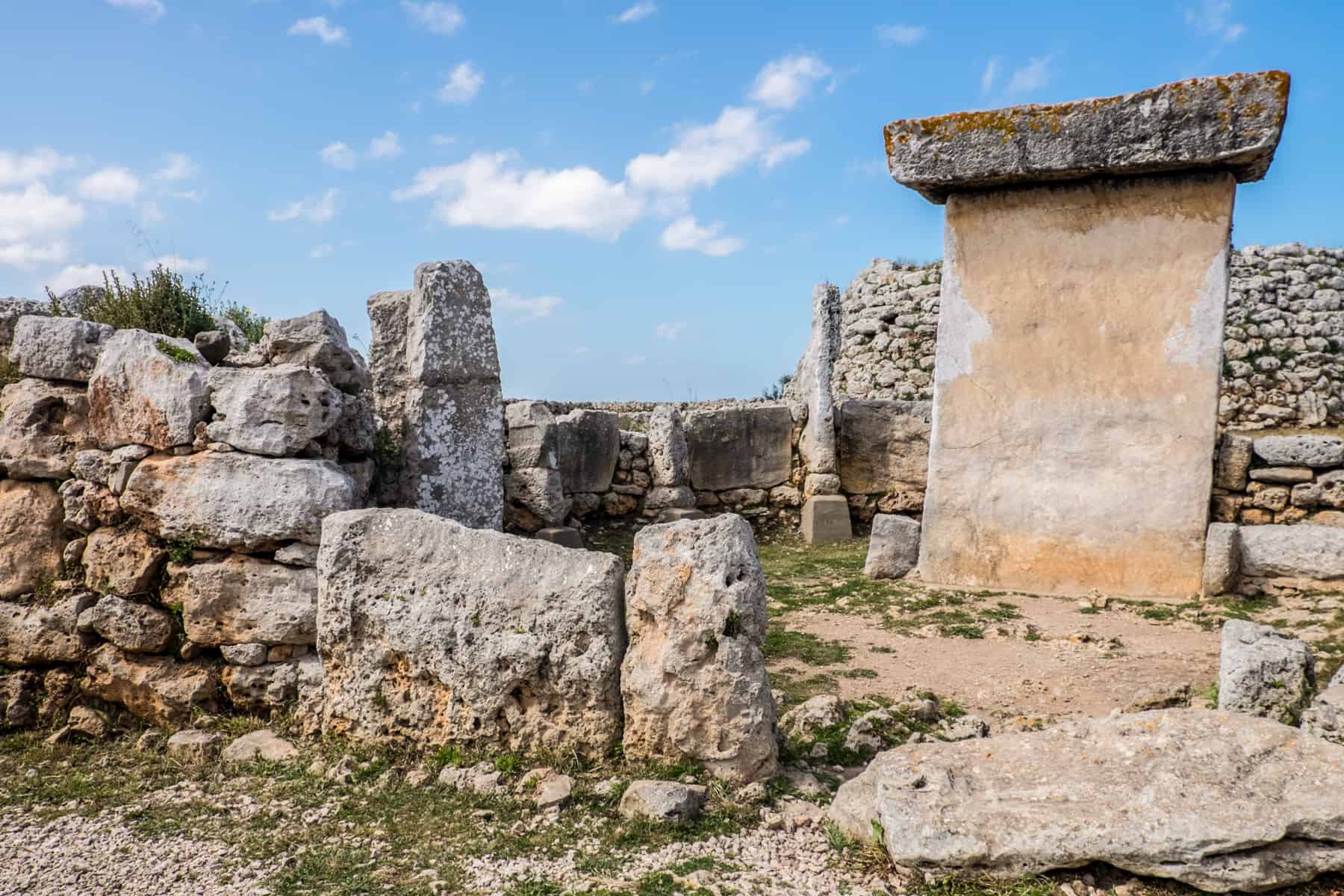
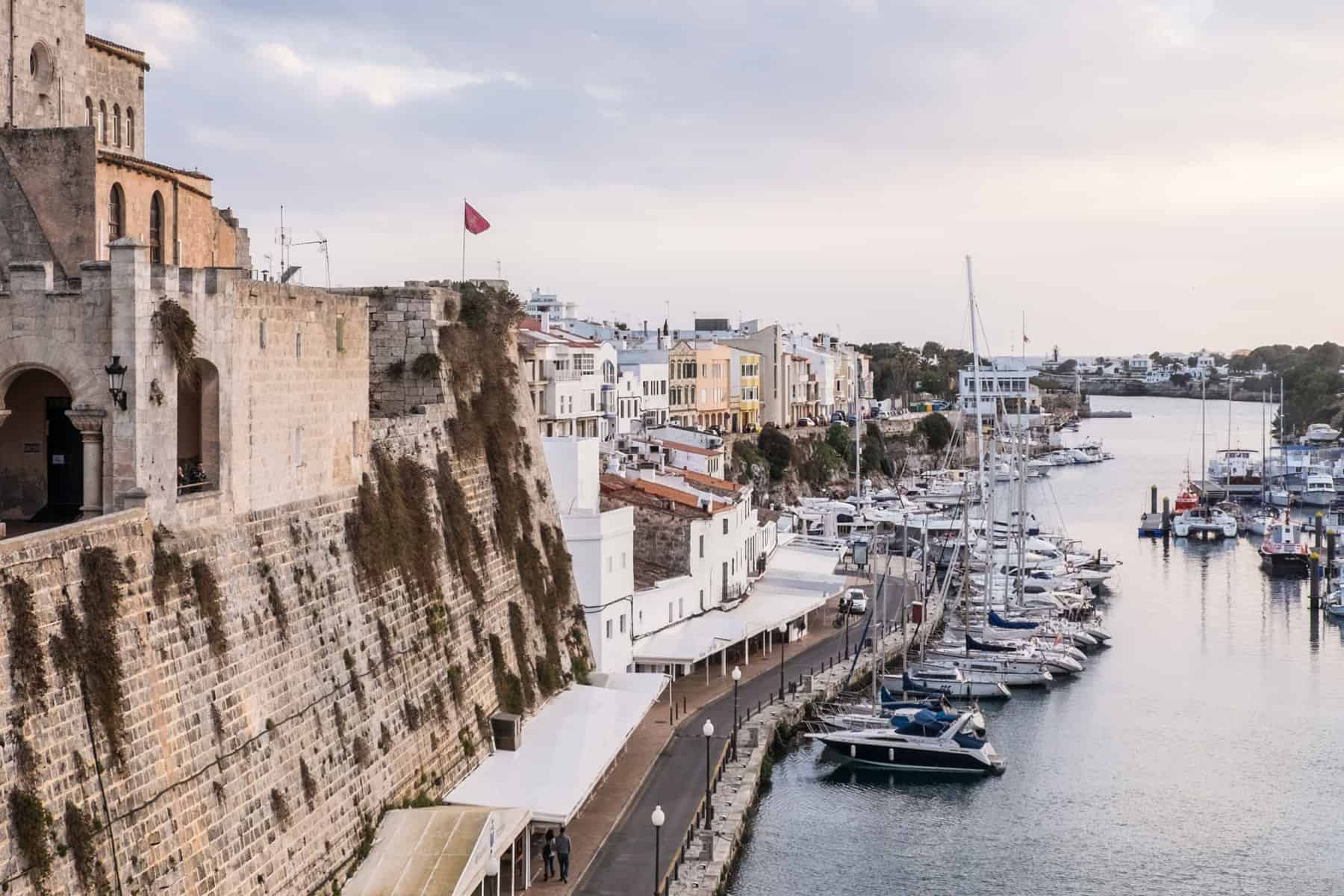
Ciutadella – Menorca’s Second Largest City (West)
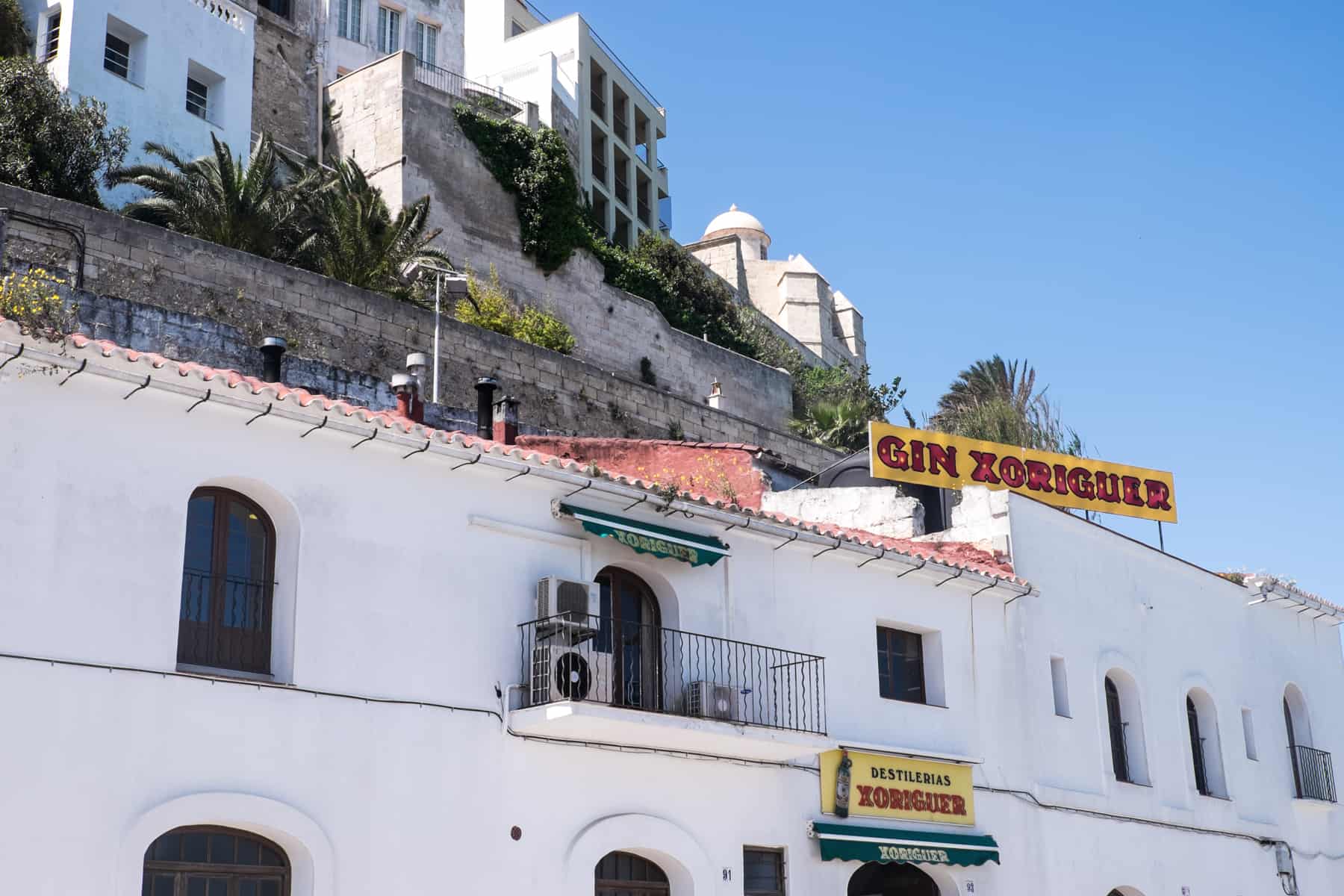
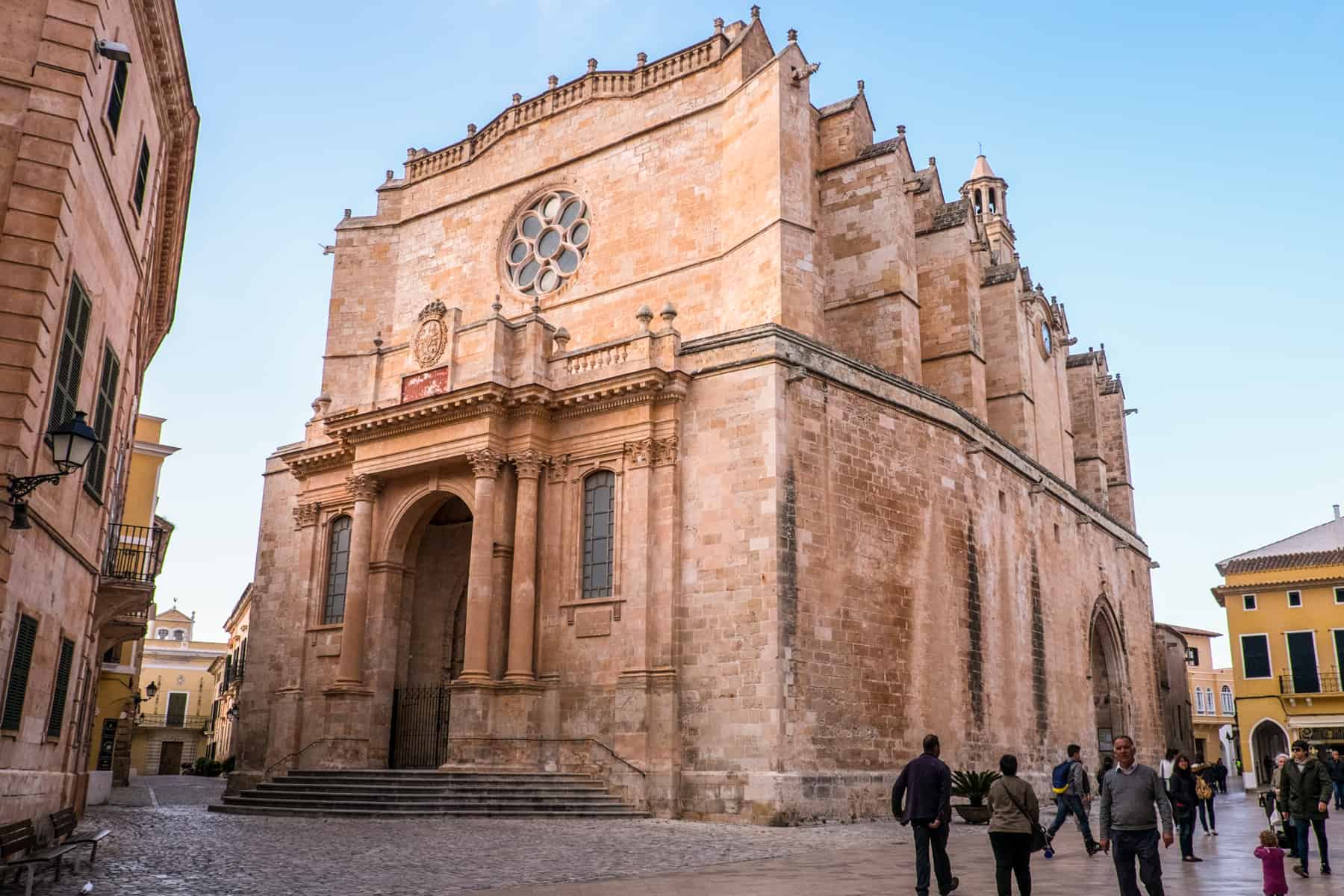
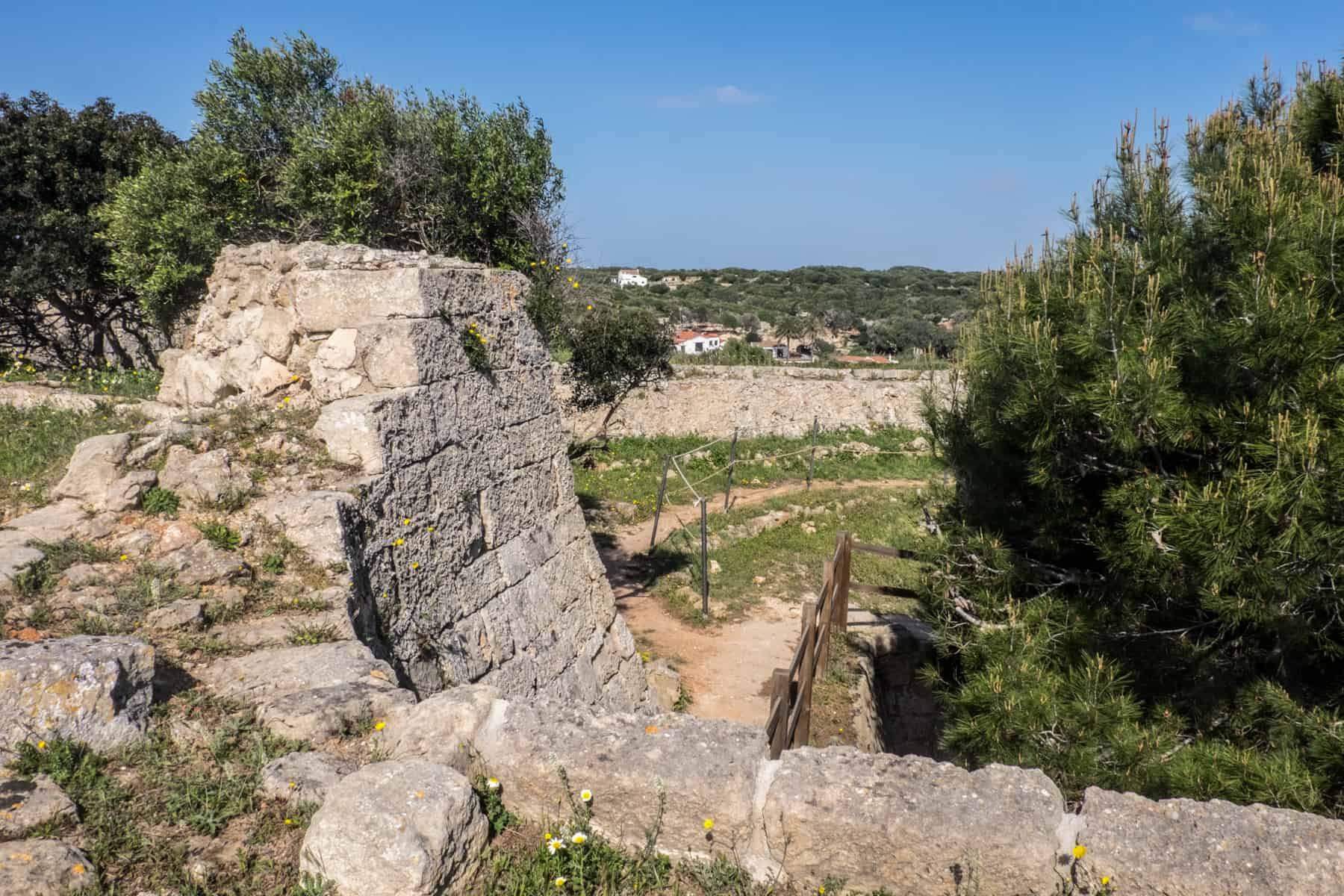
There’s a lot to take in, but many come to learn about its more recent history. Mahón has been captured by the Romans, Vikings, Greeks, Romans and the Ottomans, to name a few, but the most significant structures that line this harbour are from the British occupation when the island became a part of the Crown in the 18th Century.
Menorca’s candy blue seas attract avid kayakers, windsurfers, stand-up paddleboarders and boating enthusiasts. Sailing expeditions around the island can be seen departing from the Port of Fornells, which borders the Marine Reserve of the north coast; the port of Maó/Mahon, which is the island’s largest and for access to the east coast; and Ciutadella, for those sailing along the bays of the south.
For those wishing to be in Mahon, the relaxing Hotel ARTIEM Capri is just meters from Mahon Harbour and 7km from S’Albufera Nature Reserve.
Ciutadella’s history is not as repeatedly turbulent as Mahon’s, but it was still a destination once occupied and under siege, mainly by the Turks. In 1558, an army of 15,000 on 140 ships of The Turkish Armada of 140 ships entered the town, destroyed it, and the few thousand inhabitants who survived were taken to Turkey and sold as slaves.
A little known island, yet layered with a myriad of sights and activity, how will you choose to see Menorca?
Other Notable Ports and Harbours in Menorca
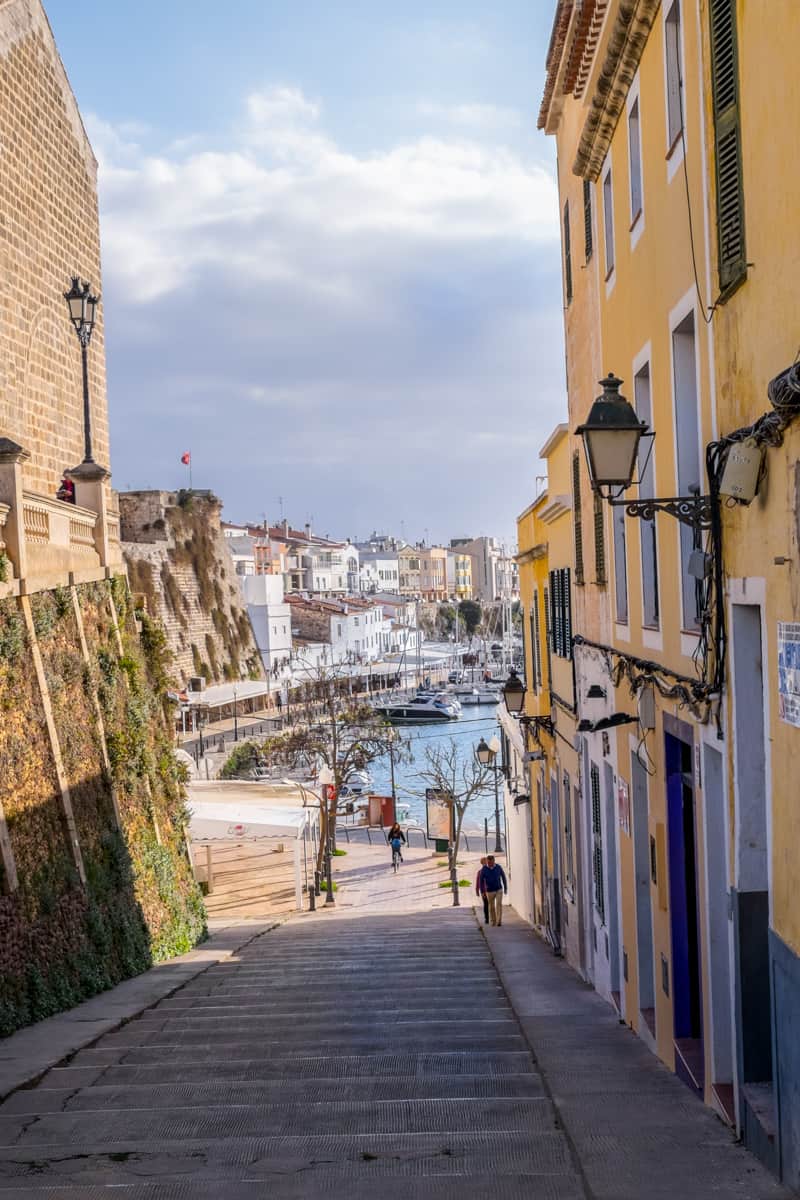
The 14th century, farmland set Alcaufar Vell Hotel, the Marina Way holiday home near Cala Binibèquer Beach or the Insotel Punta Prima close to the quiet Punta Prima Beach are top choices on the western side of the island closer to Mahon.
Things to Do in Menorca, Spain – See the Balearic Islands Differently
Things to Know About Menorca’s Cities
- The Glass Bottom Don Joan Catamaran service leaves at 11, 12:30, 14 and 15:30 (11 euros adults, 5 kids, under 3 free).
- Boats can only anchor at designated points in Mahon as part of the ongoing preservation of the island.
Things to Know About Visiting Menorca
At risk from Pirates, taking control over the Mediterranean was of significant importance to European powers. Britain wanted its fleet permanently in the area because of its strategic potential and captured it along with the Dutch in 1708. Its large size and natural enclosure that granted it a ‘safe’ status was appealing. Britain was handed Menorca in 1713 in the Treaty of Utrecht but lost it to France in 1756-1763, who returned it after being defeated by the British in this Seven Years War. France and Spain joined forces, which again recaptured the island from the British, regaining control in 1782-1798. Since Britain and France could not reconcile differences, it was agreed that they would withdraw from particular territories, of which Menorca was one. By 1802, Menorca was finally back in the hands of the Spanish for good.
Where to Stay in Menorca
The Port of Mahón, Menorca.
Along the Southern Coastline
One of the most common ways to drink it is not with tonic, but with a zesty lemon juice, known as a Pomada. The small distillery can be found in Mahon, with a one-litre bottle of this unique blend setting you back only 15 Euros (although I can confirm it doesn’t last long).
The Eastern side of Menorca: Near Mahon
Both mark the most western and eastern points of the island, and port to port are accessible via a central main road that connects both within 45 minutes. Alongside its nature trails and protected biosphere environment, Menorca’s main towns are also a highlight – windows into the siege-filled history of the island that many civilisations wanted a piece of and who certainly left their mark.
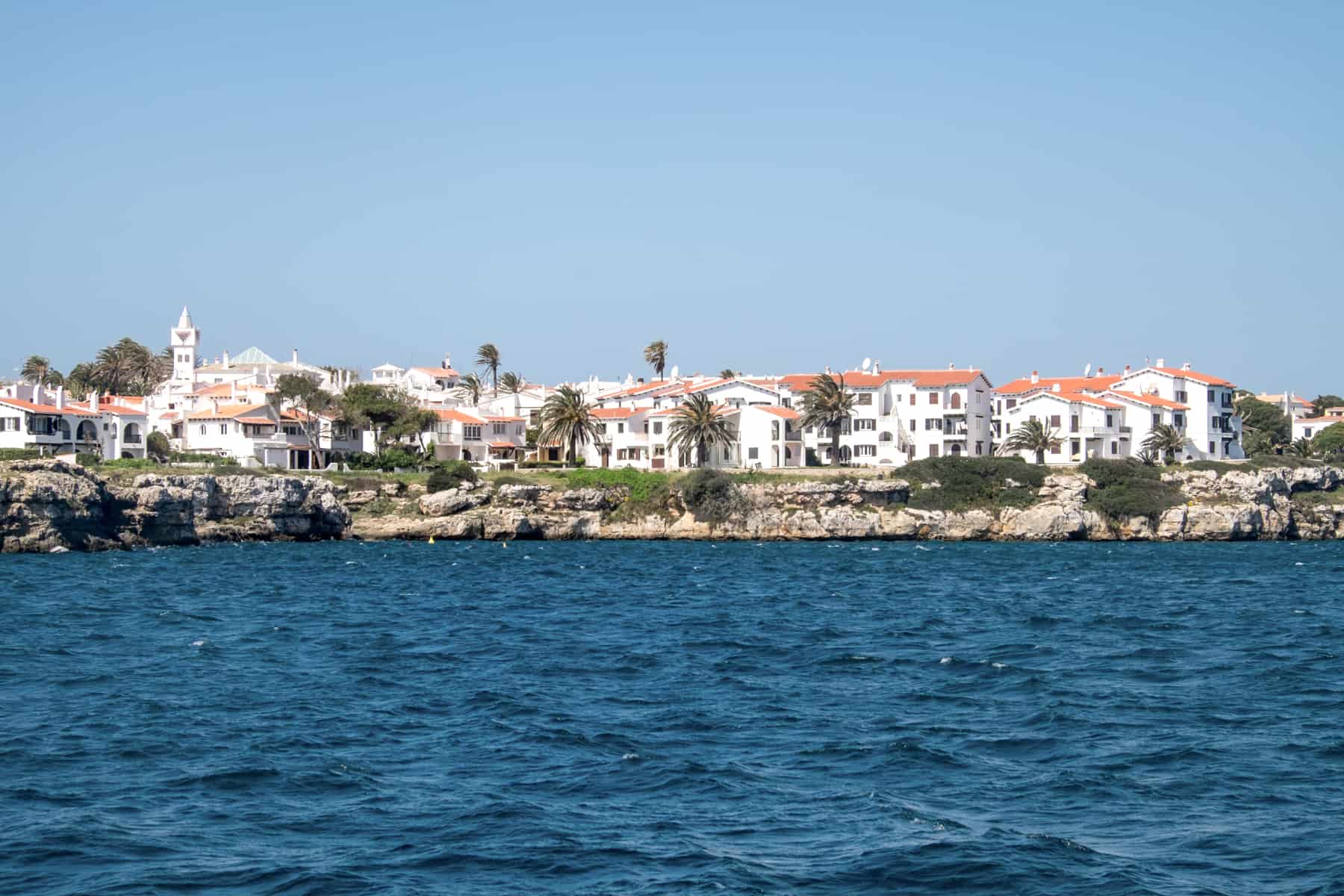
Many choose to stay outside of the cities in Menorca along the southern coastline, or the stretches of coastline close to the city.
